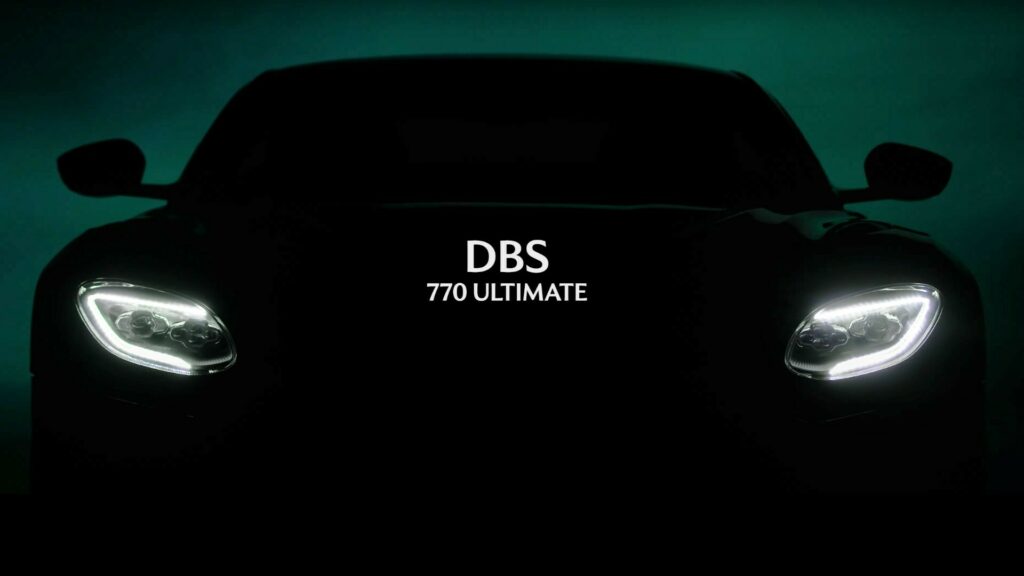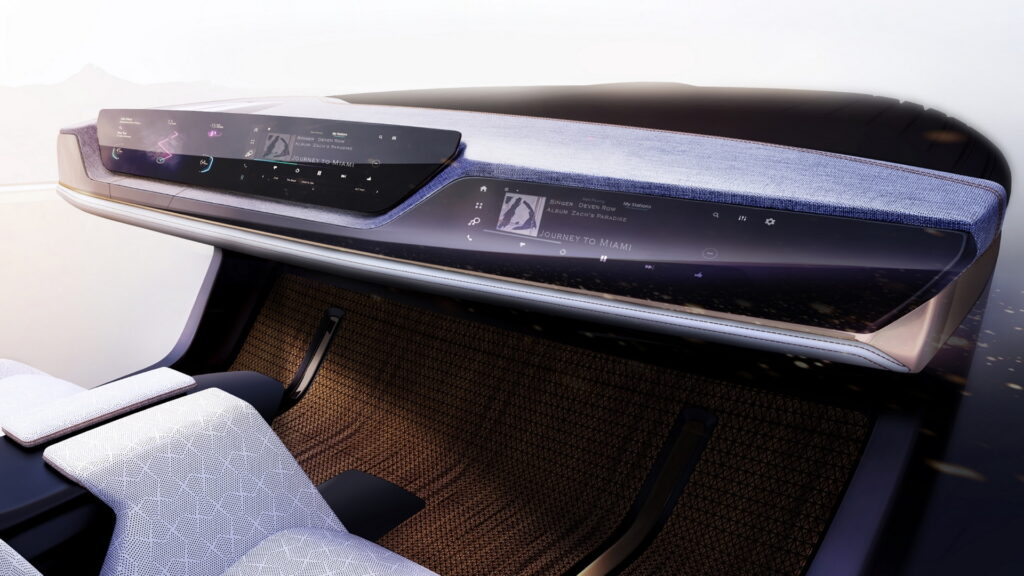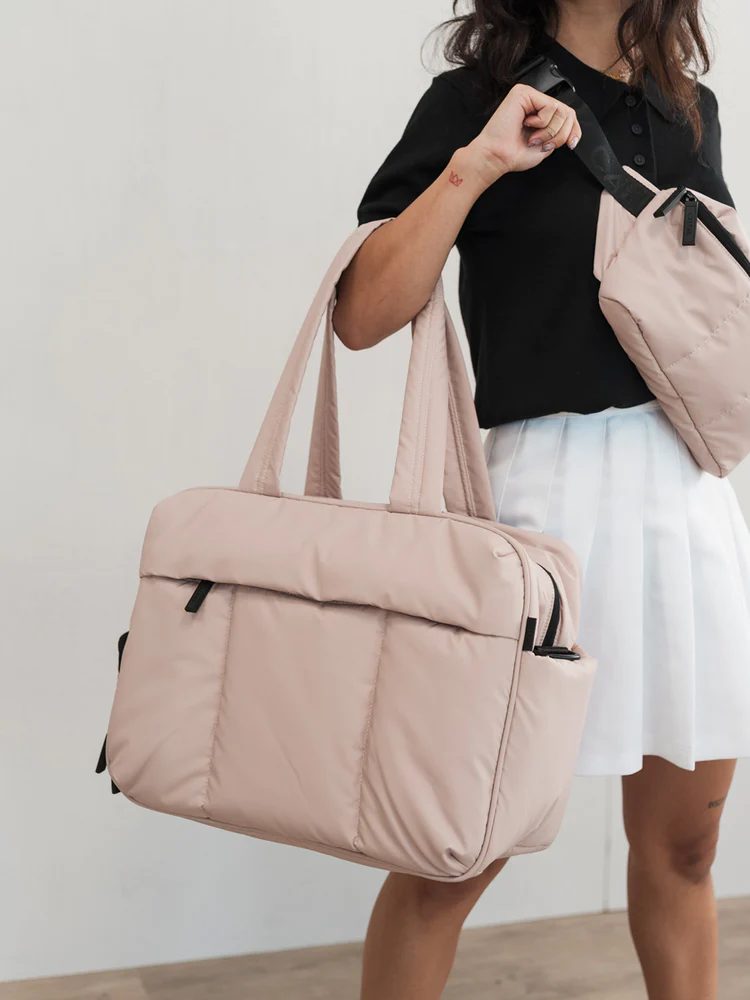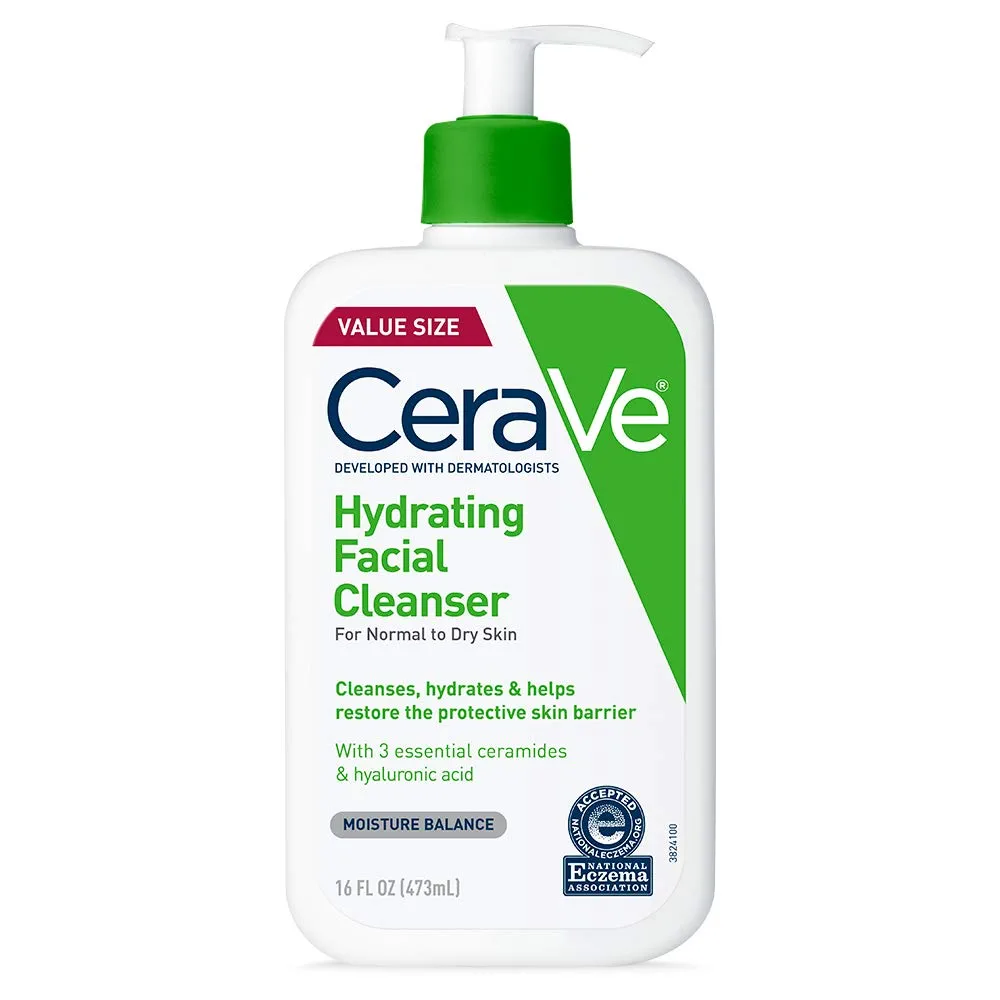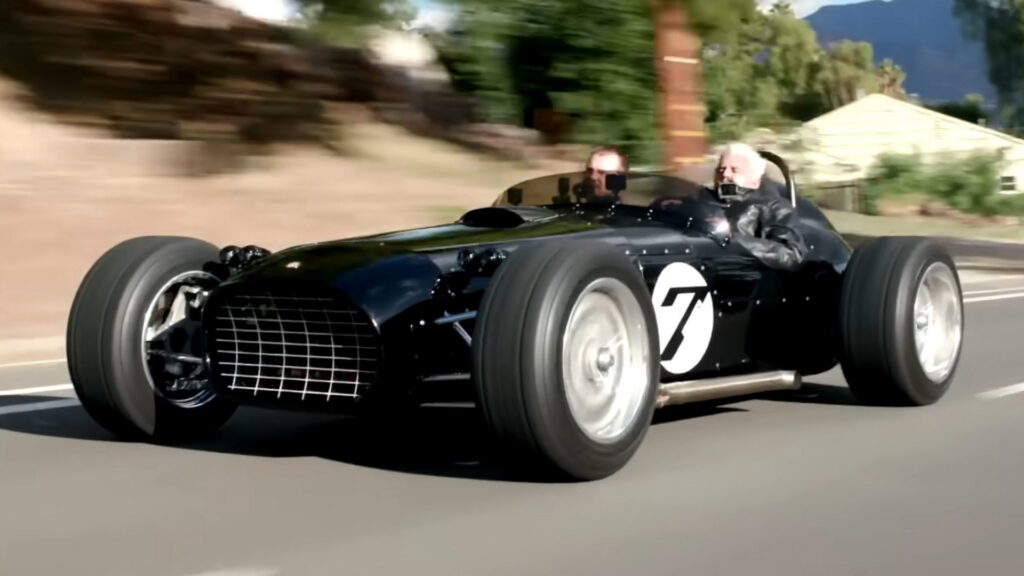Well+Good
From stone fruit and summer shade to showy fall foliage and fresh, oxygen-rich air, it’s no secret that trees are prolific givers. Growing evidence of a connection between green space and health risk factors such as exercise, stress reduction, and social connection has natural scientists wondering: can trees help us live longer?
It’s a question researchers at the Barcelona Institute for Global Health recently saw a unique opportunity to explore. Knowing Portland-based nonprofit Friends of Trees had planted 49,246 street trees between 1990 and 2019, the research team designed a study to answer the question: what impact might thirty years of tree planting have on the health of city residents? When they cross-referenced tree planting data furnished by Friend of Trees with mortality data provided by the Oregon Health Authority, the team uncovered significant, tree-level specific results.
Even when controlled for income, education, race, and age, the group found that an increase in neighborhood street trees was linked to a reduction in non-accidental and cardiovascular disease-related (CVD) death. For every twelve trees planted in a neighborhood (an average of 4,000 residents), the data showed fifteen fewer non-accidental deaths and five fewer CVD deaths per year.
Board-certified cardiologist Elizabeth Klodas, MD, FACC, who focuses on preventive cardiology in her Minneapolis-based clinic, says, “this study underscores what we probably all know intrinsically—that we live in balance with nature. It’s probably not too surprising then that enhancing or restoring the natural environment might have positive effects on us, especially our health.”
What does the science say about whether trees help us live longer?
The Friends of Trees study isn’t the only research effort to find a connection between green space and CVD outcomes. In 2021, scientists pooled together results from 48 different studies conducted in eighteen countries. Collectively, data from more than 100 million people were included. The analysis found that every 0.1-point increase in landscape greenness within 1600 feet of a residential address is associated with up to 13 percent lower odds of CVD mortality, ischemic heart disease mortality, stroke, and coronary heart disease incidence.
If planting trees has the potential to improve neighborhood health outcomes, what might tree loss do? When an invasive beetle caused the loss of 100 million trees in fifteen states across the United States, researchers designed a study to assess the impact. Using data from the Women’s Health Initiative, the study found that women living in beetle-infested counties were at a 41 percent increased risk of CVD, including acute myocardial infarction (MI), silent MI, ischemic or hemorrhagic stroke, or death from CHD.
Although researchers have consistently shown that there is a significant link between exposure to green space and specific health outcomes, they are also transparent about the limitations of natural experiments. These studies, including the latest findings out of Portland, are based on observation, not intervention. This means, unlike taking a prescription pill or undergoing another form of treatment, these studies don’t record a specific “tree dose” and analyze the outcome for one human being. This makes a direct cause-effect relationship between nature and decreased risk of CVD difficult to establish.
It also leaves practical questions unanswered. The research doesn’t tell us how much time is needed in green space in order for protective benefits to kick in. And it isn’t clear whether it’s enough to simply live on a tree-lined street or if being physically active in a natural environment is necessary in order to reap the heart-healthy benefits.
Dr. Klodas agrees the nature of these analyses is complicated. “Drawing firm conclusions is a stretch, but even if partially correct, huge impacts are possible. Data reproduction in other cities or planned communities would be helpful to shore up the validity of the conclusions, providing impetus to prioritize green space wherever we live and work as a public health concern.”
How might trees boost your health and longevity?
So far, researchers propose that green space influences health and longevity via both environmental and lifestyle mechanisms. Trees have been proven to reduce air pollution, which is an environmental factor linked to respiratory and cardiovascular disease. Trees also play a role in moderating temperatures, reducing the risk of heat-related illness. From a lifestyle perspective, studies have shown that access to green space is associated with an increase in exercise frequency in adults and play in children. A smaller set of studies has begun to explore a relationship between neighborhood green and open space and an increased sense of community. This is promising as existing research has identified a lack of social support as a risk factor for CVD.
Other studies have shown that the presence of trees is psychologically restorative, hinting that a reduction in stress and anxiety may be at work. This is consistent with what Maia Kiley, LMFT, sees in her practice as a licensed psychotherapist and certified ecotherapist. “I have discovered that when people spend time in nature, it brings them back home to themselves and offers relief from many symptoms like anxiety and depression.” She describes green space as “absolutely essential to our mental well-being.”
How can you better protect your heart, regardless of whether trees help us live longer?
What is known with certainty is that CVD is now the leading cause of premature death around the globe. It’s also clear that the number of CVD deaths is increasing disproportionately in low-and middle-income countries. While some risk factors like smoking, diet, and stress can be managed at the individual level, tree planting is an environmental factor that can be implemented at a community level cost-effectively. A cost-benefit analysis in the Friends of Trees study found that the average annual cost of planting and maintaining one street tree, somewhere in the range of 19.40 to 98 USD, produces a human life value of 14.2 million USD.
More good news is that 85 percent of the studies included in the 2021 meta-analysis on green space and CVD outcomes were published in the past five years. This is an indicator that the natural science field is paying close attention to this potential link and positioning itself to discover much more about what the natural environment can do for the human heart and how.
Until the research is more conclusive on whether trees can help us live longer, Dr. Klodas has empowering words about taking ownership of our heart health. “In cardiac care and prevention, we tend to rely solely on medications and procedures to help achieve better outcomes. The truth is that all these care system efforts pale in comparison to what we can do ourselves to minimize risk and ensure healthy longevity. Whether it’s eating in a way that effectively lowers cholesterol or ensuring our surroundings are conducive to health, we all have a lot of power over our health destinies.”



